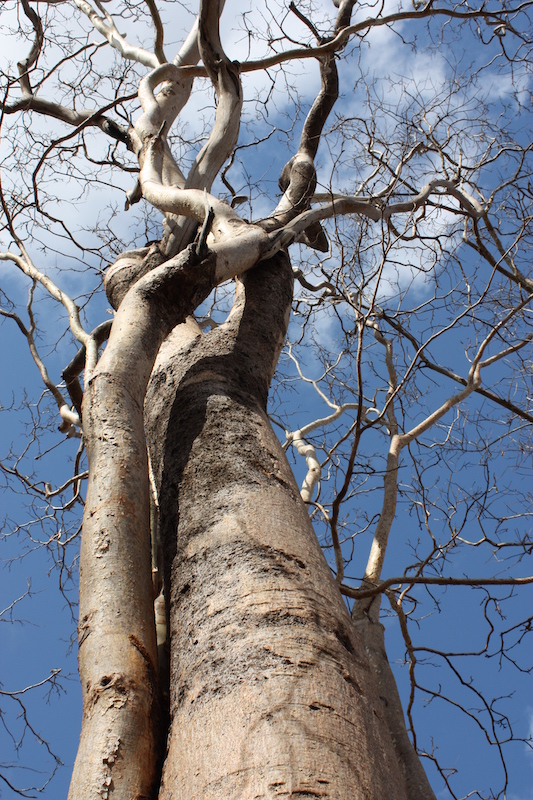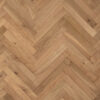
Panga panga timber, from the tree which grows in the south-east of Africa, is very similar to Wengè, so those who are not expert can easily confuse the two species. Let’s get to know it together.
Mpangapanga (as it is known in Swahili) is a tree which grows in part of south-east Africa (Kenya, Mozambique, Tanzania, Uganda and Ruanda). Its timber is quite heavy (about 800 Kg/mc dried to 12%), dark brown in colour with black stripes (after surface treatment with oil, in time it becomes all black).
It’s a medium sized tree, sought after for its timber for decades, especially by the english, who use it in many different ways.
The tree is of medium size (between 6 and 25 metres high, although some have reached 35 metres with a diameter of 1.2 metres). It can therefore be used for general furnishings and floors, especially outdoors as it is not susceptible to fungi, termites or other timber parasites (xylofagi). It is also used to make musical instruments like acoustic guitars or the bodies of electric guitars.
Panga panga timber is very like that of Wengè (Millettia laurentii) from Central African countries. So it is easy for the less expert to confuse the two.
Processing
Panga panga does not lend itself easily to conventional processing as it is highly porous. It therefore needs a special finish.
In the past it was widely used in Italy in the flooring sector along with Mecrusse and Muhuhu timbers, which come from the same areas.
Drying must be preceded by good seasoning, both at the source and in the warehouse of its final users, to guarantee the stability and long life of the final products.
Nowadays, Panga panga is coming back as there are very few dark-coloured or nearly black timbers on the market, because of their scarcity in the areas where they grow (I’m thinking of Ebony, Rosewood and Swartzia). Its timber can also be found with Forest Stewardship Council certification, which guarantees the sustainability of the species. In its countries of origin, Panga panga is not used only for its timber. Local populations may, for example, use the bark for medicines or for “witchcraft”. This timber at the moment is at the medium high end of the market among highly prized timbers like black walnut, widely used in various situations.






